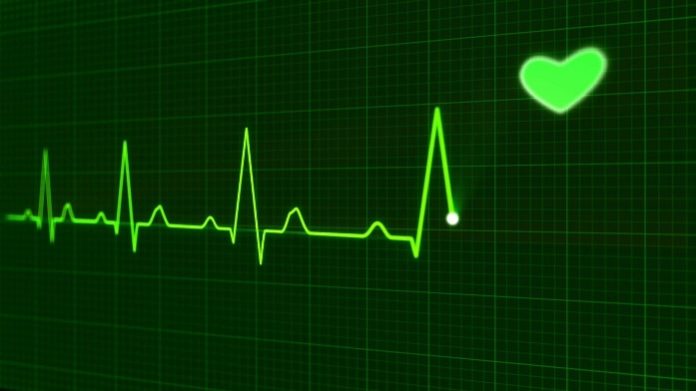Sudden cardiac death is perhaps one of the scariest scenarios you can imagine. Without warning, the heart starts to beat irregularly, interrupting blood flow to the brain and causing loss of consciousness. Without immediate treatment, death can occur in minutes.
As Head of the Division of Cardiology at the University of British Columbia, Dr. Andrew Krahn regularly deals with patients that are experiencing cardiac arrhythmias, or irregular heartbeats. But sometimes these patients are young athletes who, by all accounts, seemed healthy and whose presence in the hospital is completely unexpected.
It is patients like these that motivated Krahn to start a genetic registry – by mapping the genomes of these patients and their families, Krahn hopes to identify and help others that are at risk for sudden cardiac episodes.
On the other side of the country, Dr. Monica Justice at Sick Kids Hospital in Toronto spends most of her days dealing with mice. Though you wouldn’t know it by looking at them, the mouse genome is actually 95% similar to the human genome, making them very useful for modelling human disease.
Justice is involved in the International Mouse Phenotyping Consortium (IMPC), an initiative to characterize the biological consequences of disrupting each of the 23,000 genes of the laboratory mouse. In a paper published in Nature Genetics last week, the IMPC reported the results for the first 3,328 genes. One of them happened to reproduce clinical symptoms similar to arrhythmogenic right ventricular dysplasia (ARVD), the leading cause of sudden cardiac death among young athletes.
Despite the 4,000 km between them, the work of Justice and Krahn may have just come together.
“The surprising thing is how much we uncovered,” says Justice.
We are sitting in her office, tucked into a quiet corner of the 14th floor of the Peter Gilgan Centre for Research and Learning. Behind her hangs a framed picture illustrating the similarities between mouse and human chromosomal regions.
“We’ve revealed function for a multitude of genes and by describing their phenotype, we can link them to human diseases.”
For each gene in the study, a group of mice were bred with that gene disrupted or “knocked out”. The knockout mice were then subjected to a battery of tests including X-rays, ultrasounds, ECGs and blood work, and results were compared against known symptoms of human diseases. In the end, the study identified 360 new disease models and described 28,406 new effects of genes on mouse biology and disease. All this information is now freely available in an online database.
But what makes it even more exciting is the particular genes that were chosen.
“We didn’t go for genes for which mouse models already existed or that were well studied in the fruit fly,” explains Justice. “We specifically tackled those for which very little information was available. People tend to target grants for genes that everybody else works on, but there are so many genes for which we know nothing.”
There are currently 12 identified subtypes of ARVD each associated with mutations in a certain part of the human genome, but for several of them, the specific gene is still unknown. The IMPC study identified the Klhdc2 gene as a potential candidate for ARVD3. With a mouse model of this disease, researchers can study the condition in more depth and potentially decipher the molecular mechanism of pathogenesis.
Because the first symptom of ARVD is often sudden cardiac death, very little is known about differences in disease progression between the different subtypes. Krahn’s genetic registry, which includes 365 ARVD patients and their families, aims to systematically study the connection between genetics, disease progression, and eventual outcomes, to improve clinical decision-making. Personalized treatments could be developed based on the patient’s genotype, and preventative strategies could be put into place as early as possible.
Eventually, Justice would like genome sequencing to be carried out on every human – every child would get their blood banked and their genome sequenced at birth.
“For rare diseases, an early diagnosis can mean the difference between life and death.”








































